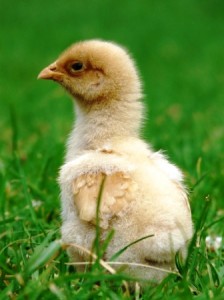“Will you tell me my fault, frankly as to yourself, for I had rather wince, than die. Men do not call the surgeon to commend the bone, but to set it, Sir.”
Emily Dickinson to mentor Thomas Wentworth Higginson

Drawers of Fortune at the Senso-ji temple in Asakusa, Tokyo, Japan.
I have been thinking a great deal about editing this last week. My story has had its requisite six weeks in a metaphorical drawer and now I am writing with the door open (see Stephen King’s marvellous ‘On Writing‘).

It makes me anxious.

I am fortunate enough to be working with a well-established editor with a great reputation. As a relative beginner, that both helps and worries me. Honesty makes me admit I am shy of letting anyone see what a hash I’ve made on my own. I’m back at school, covering up my misspellings, crossings-out and rubber smudges.

I’ve been advised to focus on what children will respond to most, to plunge the reader straight into a key event, so they know immediately something that I had held back.. This bothers me: I want to shy away from showing my ‘best bit’ too soon, I want to lead up to that ‘ta-daah’ moment. Perhaps I think I can’t follow the reveal, that I will have spent all my dramatic capital.
 Also I worry that the reader won’t have had time to get to know Georgiana. Why should they care about her and her strange powers over stone if they haven’t spent time with her to begin with?
Also I worry that the reader won’t have had time to get to know Georgiana. Why should they care about her and her strange powers over stone if they haven’t spent time with her to begin with?
In my more dismal moments, I imagine my romping girl morphing into a Lara Croft form, albeit in Regency costume. She becomes a figure in a game-play, dodging over the rooftops of Selchester, whom the reader inhabits but doesn’t engage with.

Would this be such a bad thing? (Jane Austen’s Emma by Strawberry Singh)
But I fret that I could end up with a story with too much action, too much attention to design detail (I do know the City-on-the-Sea awfully well) and too many special effects – and not enough depth. I see it with layers, like those cut-away drawings of what’s beneath your feet – can I convey those layers and keep the narrative drive?
 My more sensible side says listen to the industry professional, go with what is suggested and trust you can do it. You’re most likely to be imagining half of these concerns. And after all, it’s much better to be published and be read than not.
My more sensible side says listen to the industry professional, go with what is suggested and trust you can do it. You’re most likely to be imagining half of these concerns. And after all, it’s much better to be published and be read than not.

The upshot of all this wibbling* has been to make me think really hard about my non-negotiables. I made myself jot down which aspects of the original draft were essential from memory – to see what sticks. These are the core DNA of Georgiana’s story, but I have to accept that someone else might know better how to bring it out into the world. After all, midwives know more than first-time mothers about birth.

Does anyone care to share their advice with me on this process?
* I am indebted to Jon Mayhew for this delightful word.


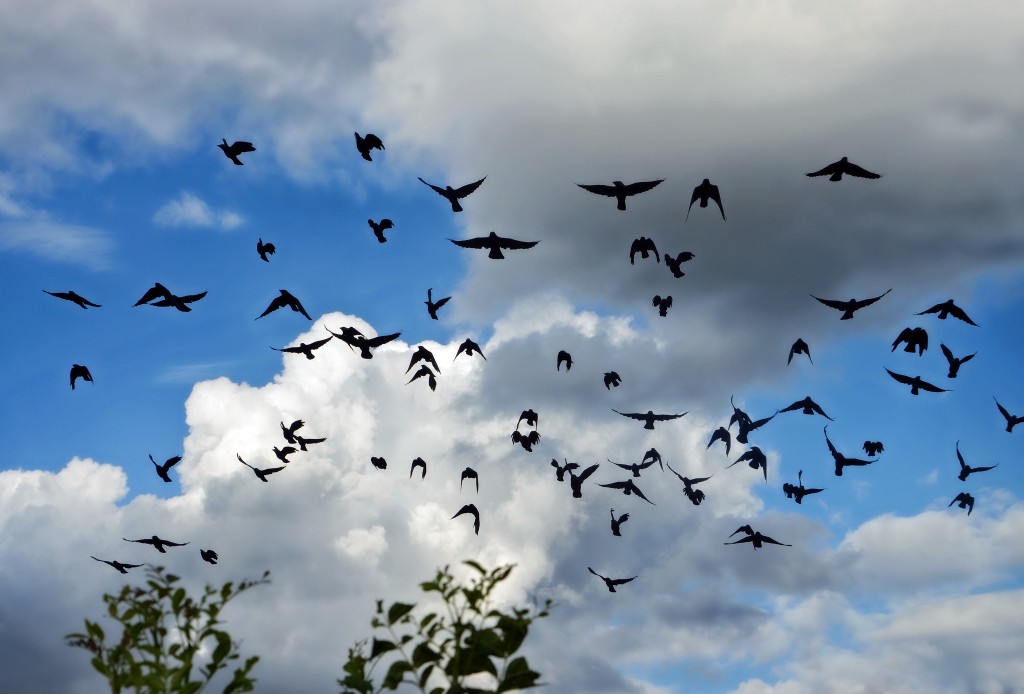
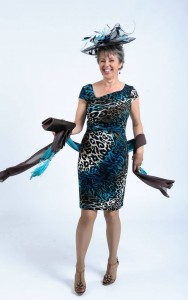
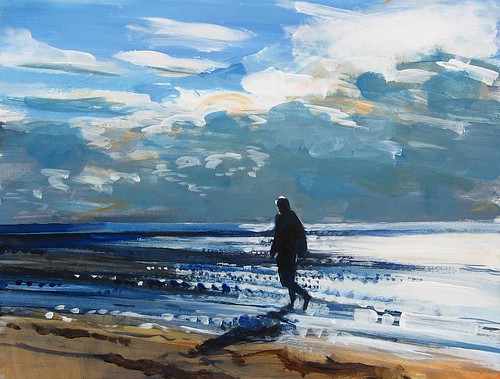


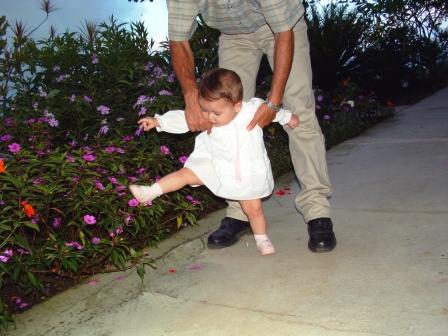
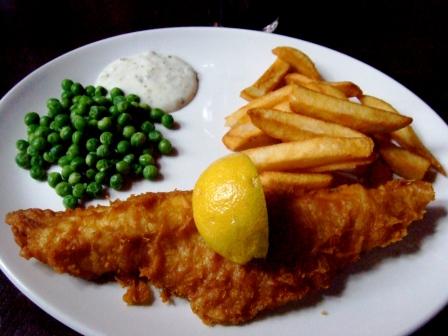
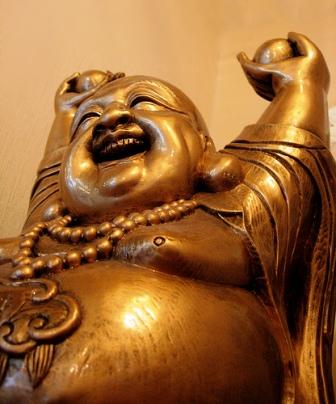
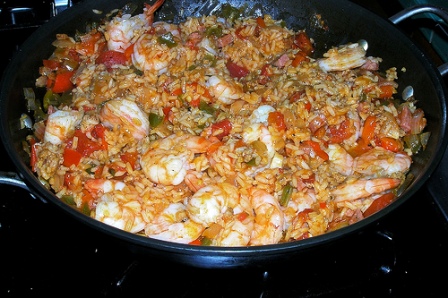
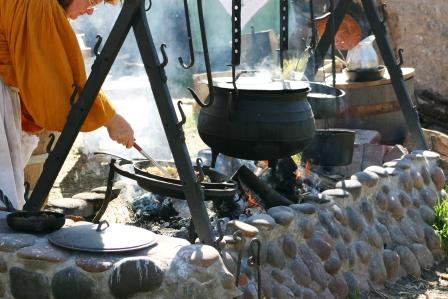


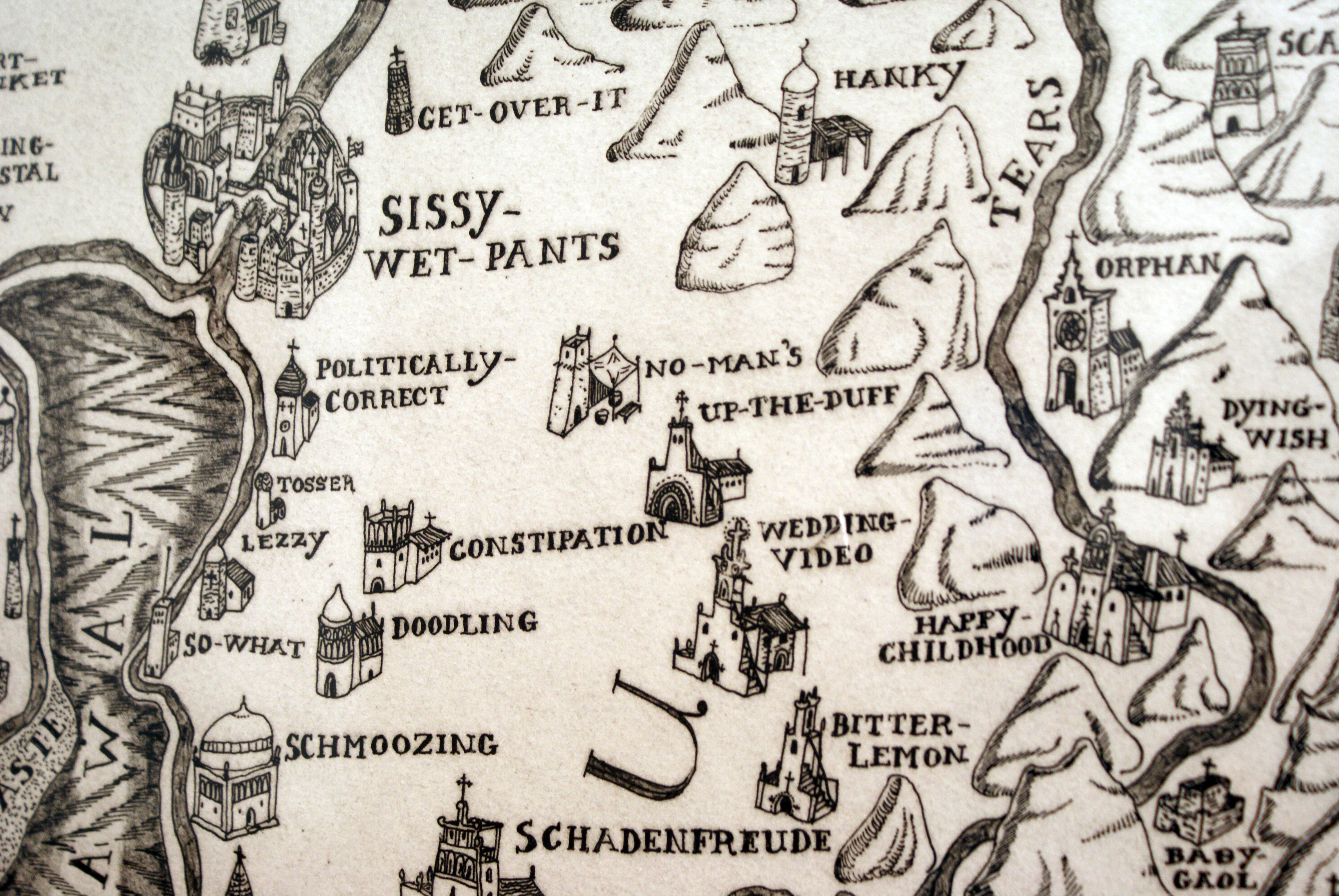
![By c. kennedy garrett (originally posted to Flickr as [1]) [CC-BY-2.0 (http://creativecommons.org/licenses/by/2.0)], via Wikimedia Commons](http://upload.wikimedia.org/wikipedia/commons/7/75/Young_woman_with_map.jpg)

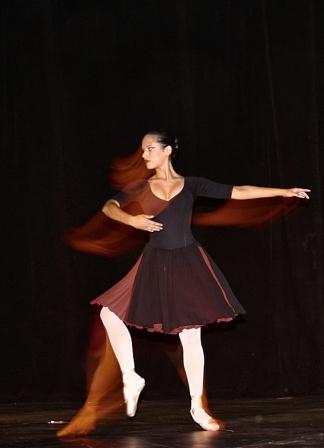



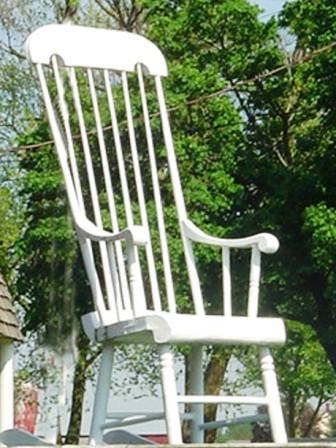
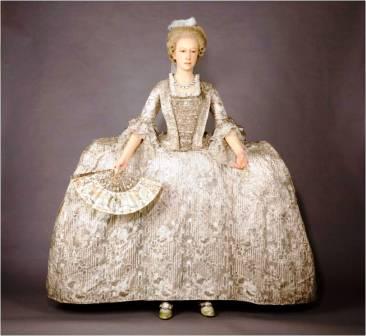
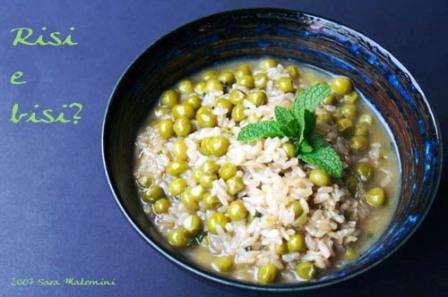


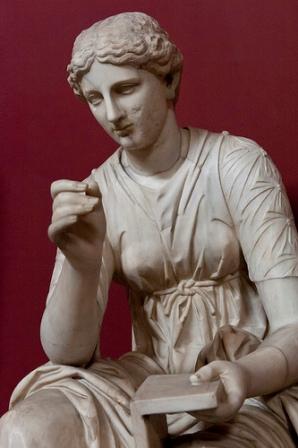











![[Two women dancing in ruffled costumes and hats]](http://kmlockwood.com/wp-content/uploads/2013/03/Dancing-with_delight_co_Snapshots_of_the_past-214x300.jpg)

